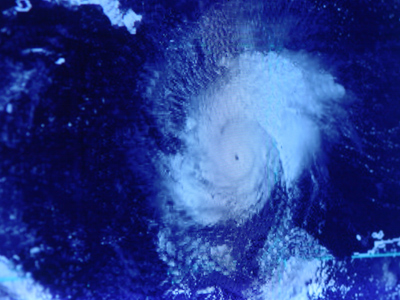
Hurricanes
This Geography quiz is called 'Hurricanes' and it has been written by teachers to help you if you are studying the subject at high school. Playing educational quizzes is a user-friendly way to learn if you are in the 9th or 10th grade - aged 14 to 16.
It costs only $12.50 per month to play this quiz and over 3,500 others that help you with your school work. You can subscribe on the page at Join Us
The high school geography syllabus requires that you study natural hazards and hurricanes are one of these. A hurricane is also known as a cyclone or a typhoon, depending on which part of the world you are in. You need to know in detail the sequence of events leading to their formation plus the structure and characteristics of a hurricane. As with many other aspects of your studies, you will need to be able to compare the social, economic and environmental effects and short-term and long-term responses (monitoring, prediction, protection and preparation) for both MEDCs and LEDCs.
Ready for more?
not all...
quizzers. Try to win a coveted spot on our Hall of Fame Page.







